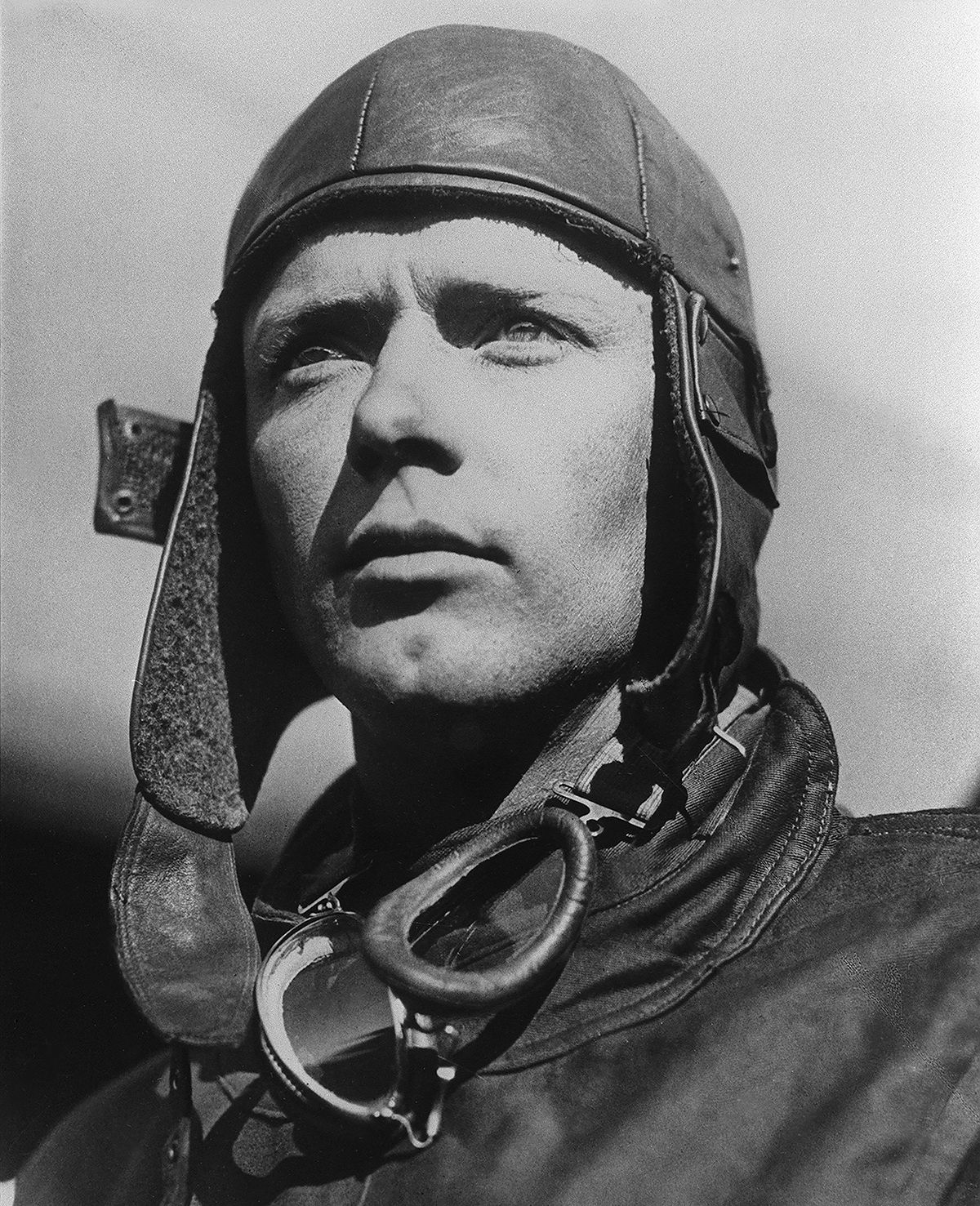
4 February 1902: Charles Augustus Lindbergh, Brigadier General, United States Air Force, Medal of Honor, was born at Detroit, Michigan. He was the son of Swedish immigrant Charles August Lindbergh (born Karl Månsson), an attorney, and Evangeline Lodge Land Lindbergh, a high school chemistry teacher. Lindbergh attended Redondo Beach High School, Redondo Beach, California, 1917–1918.
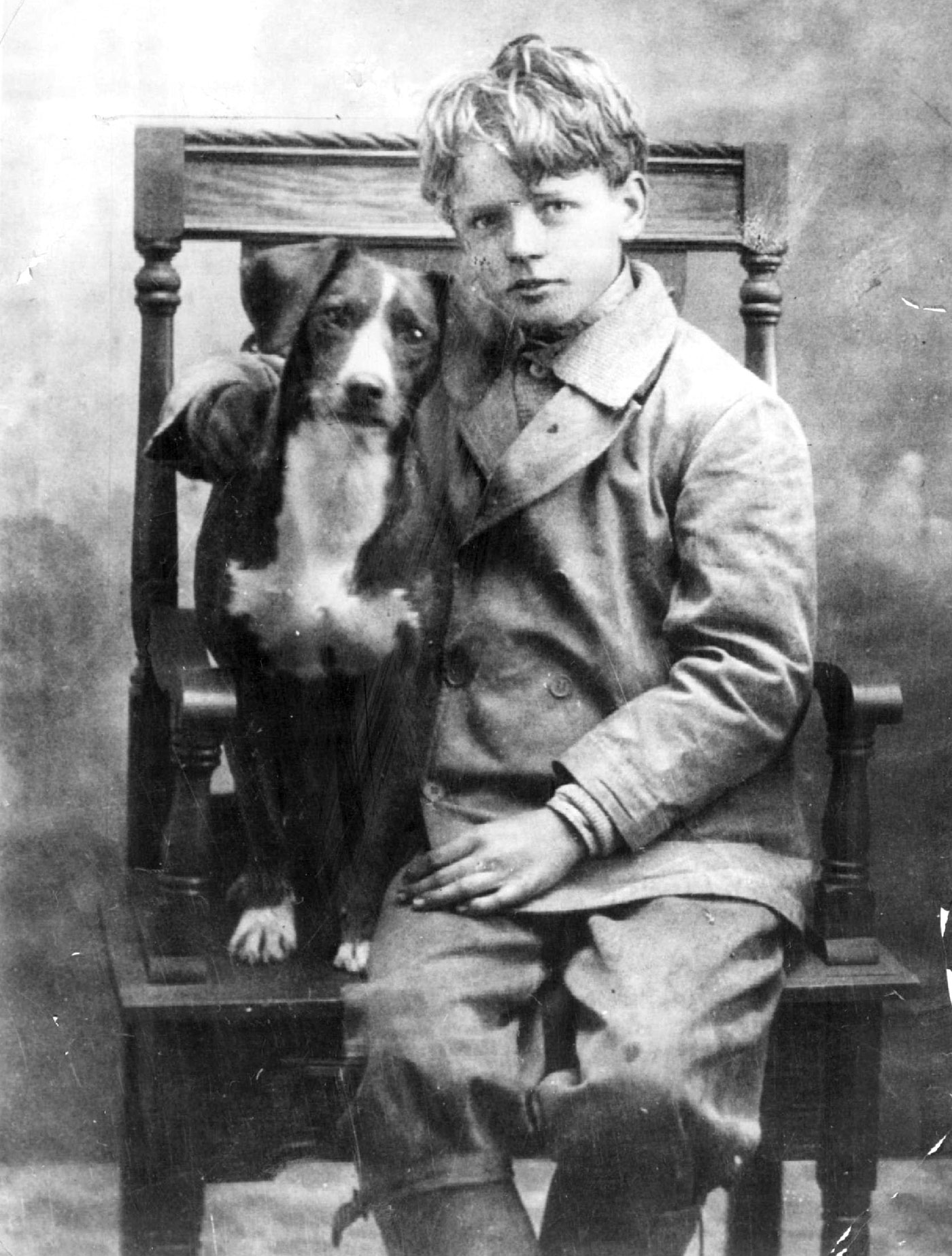
In 1920–1922 Lindbergh was enrolled as an engineering student at the University of Wisconsin–Madison. He shared an apartment with his mother who was teaching at the nearby Emerson School. A friend from the university showed Lindbergh a brochure from a flight school. Mrs. Lindbergh is reported to have told the friend, “If Charles goes to flying school, I will hold you responsible.” Soon after, Lindbergh left the university and entered a flying school in Nebraska. In 1927, the University of Wisconsin bestowed the honorary degree of Doctor of Laws (LL.D.) on him.
Certainly one of the world’s best known pilots, Lindbergh began flight training at the age of 20. He was an Aviation Cadet, 19 March 1924–16 March 1925, and trained at the United States Army flight schools at Brooks and Kelly Fields, in Texas. One of his flight instructors was Lieutenant Russell Lowell Maughan. He graduated at the top of his class and was commissioned as a Second Lieutenant in the Officers Reserve Corps, U.S. Air Service, with date of rank of 14 March 1925.
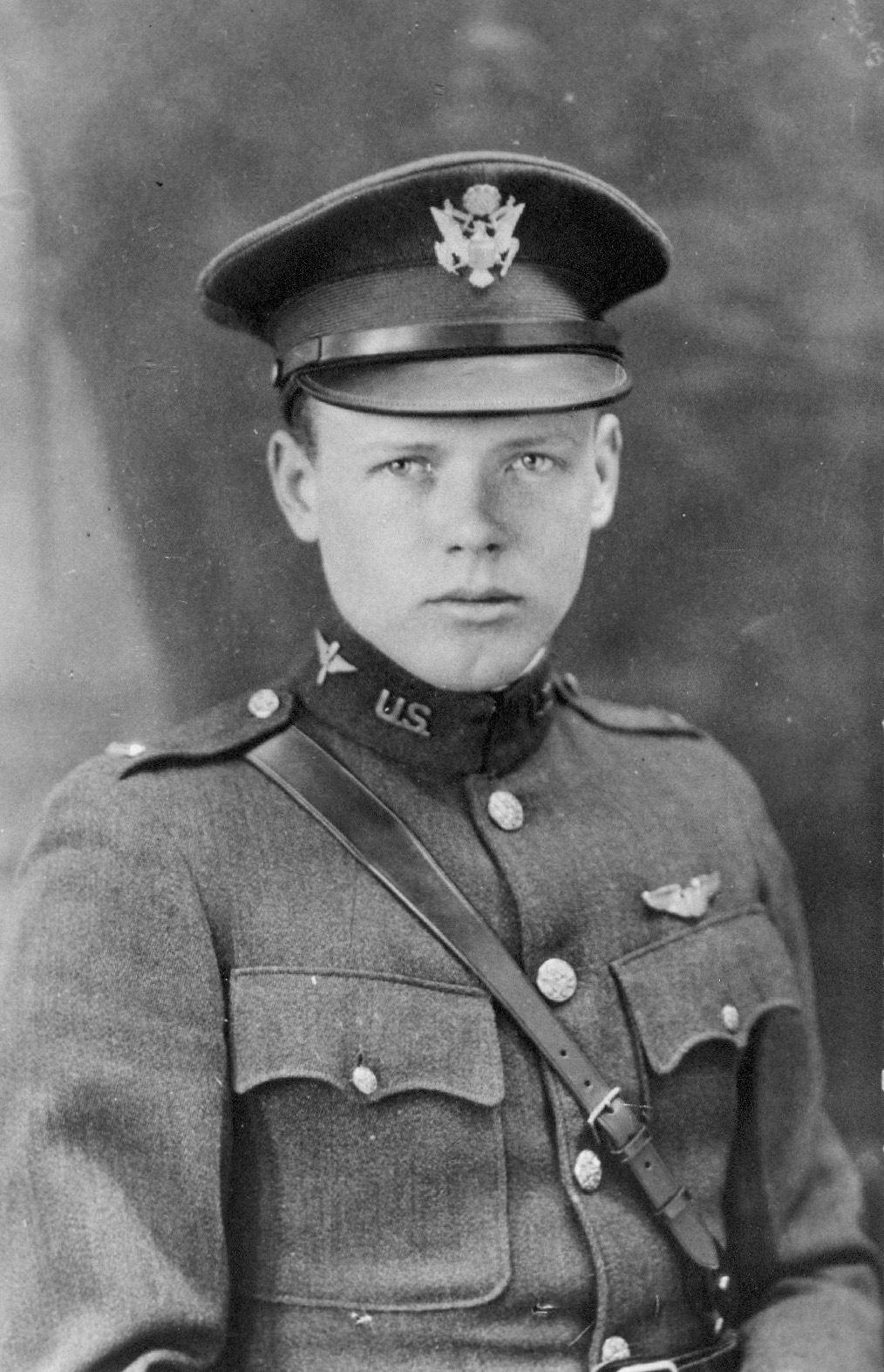
Lindbergh was promoted to First Lieutenant, Air Corps, 7 December 1925, and to Captain, 13 July 1926. He flew as an Air Mail pilot and gained valuable flight experience.
Lindbergh was the chief pilot of Robertson Aircraft Corporation at Lambert Field, St. Louis, Missouri. The company was contracted to fly the mail to Chicago, with intermediate stops at Springfield and Peoria, Illinois, using several modified de Havilland DH-4 biplanes. On two occasions, 16 September and 3 November 1926, Lindbergh had to bail out of his mail plane at night.
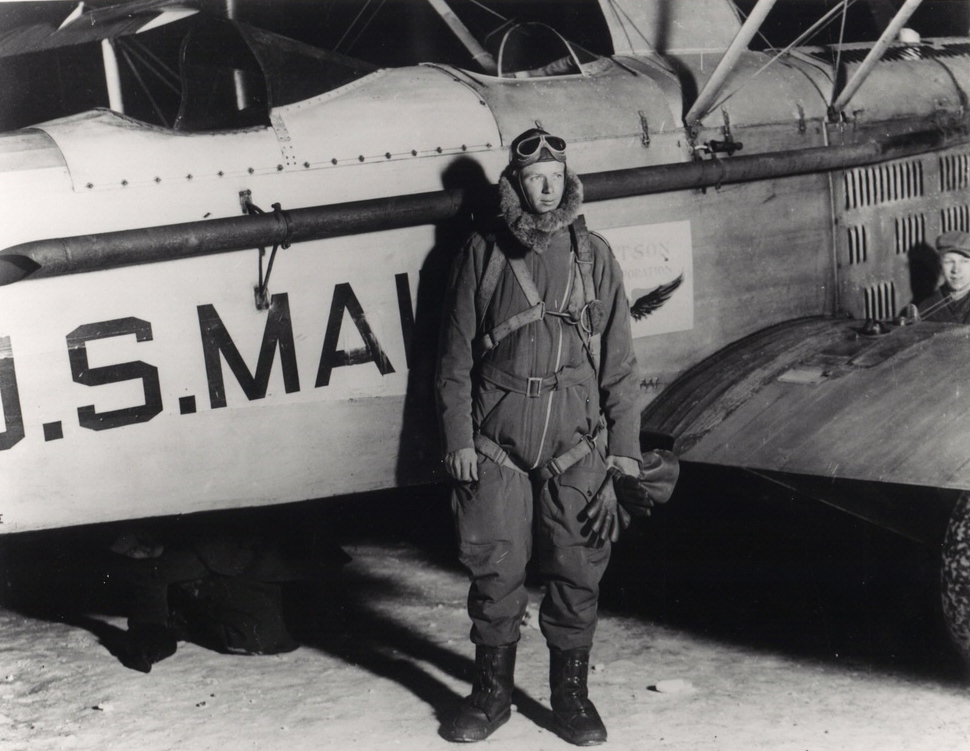
He resigned from Robertson Aircraft and formed a group to finance and build the Spirit of St. Louis.
On 20 May 1927, Lindbergh departed New York in his custom-built Ryan NYP monoplane, Spirit of St. Louis, and 33 hours, 30 minutes later, he landed at Paris, France, becoming the first person to fly solo across the Atlantic Ocean. For this accomplishment he won the Orteig Prize of $25,000 (about $400,600 in 2022 dollars).
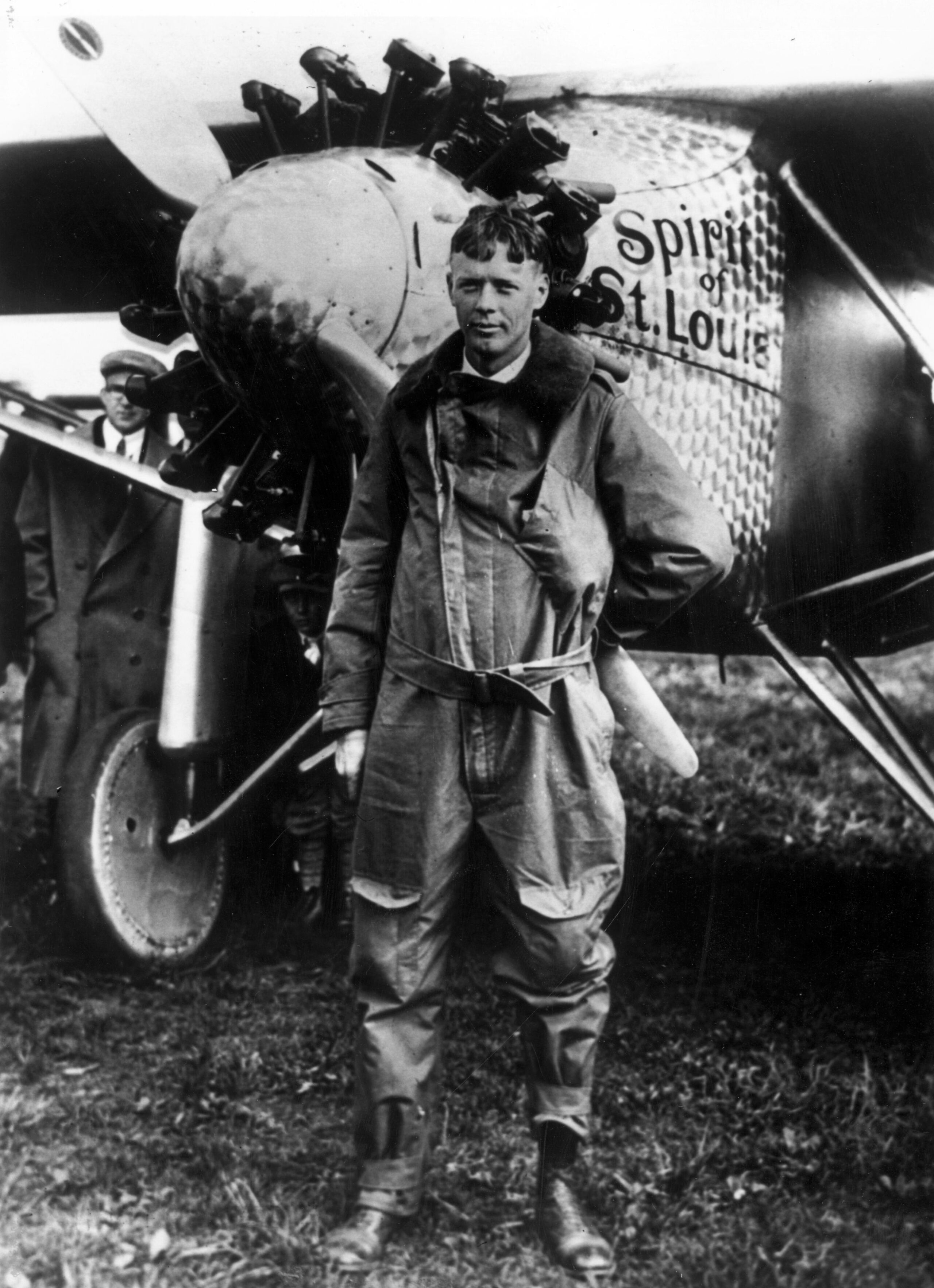
When he returned to the United States, Lindbergh was presented the Distinguished Flying Cross by President Coolidge. On 14 December 1927, by Act of Congress, Lindbergh was awarded the Medal of Honor:
“For displaying heroic courage and skill as a navigator, at the risk of his life, by his nonstop flight in his airplane, the Spirit of St. Louis, from New York City to Paris, France, 20–21 May 1927, by which Capt. Lindbergh not only achieved the greatest individual triumph of any American citizen but demonstrated that travel across the ocean by aircraft was possible.”
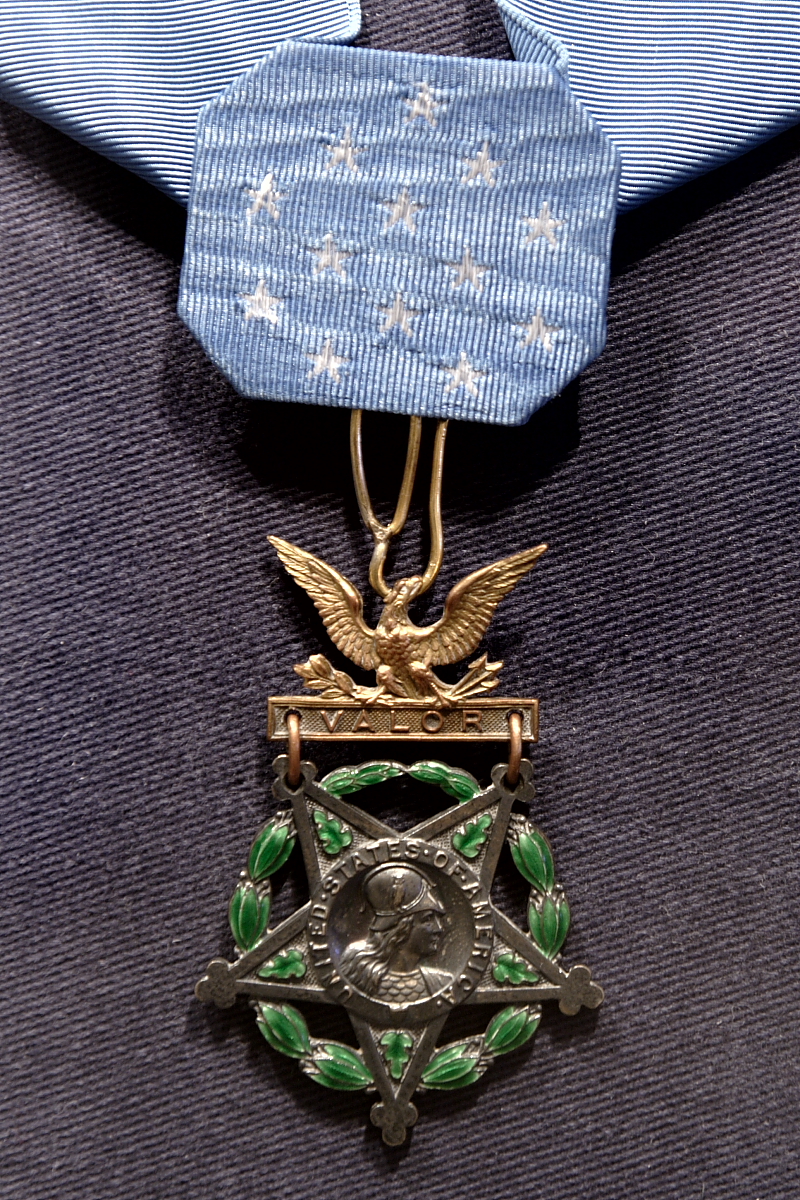
Captain Lindbergh was promoted to the rank of Colonel, Officers Reserve Corps, U.S. Army Air Corps, 18 July 1927. In the 1930s, he had various assignments, including evaluating new aircraft at Wright Field.
Two years after his transatlantic flight, Lindbergh married Miss Anne Spencer Morrow, daughter of the United States Ambassador to Mexico, 27 May 1929, at Englewood, New Jersey. They would have six children.
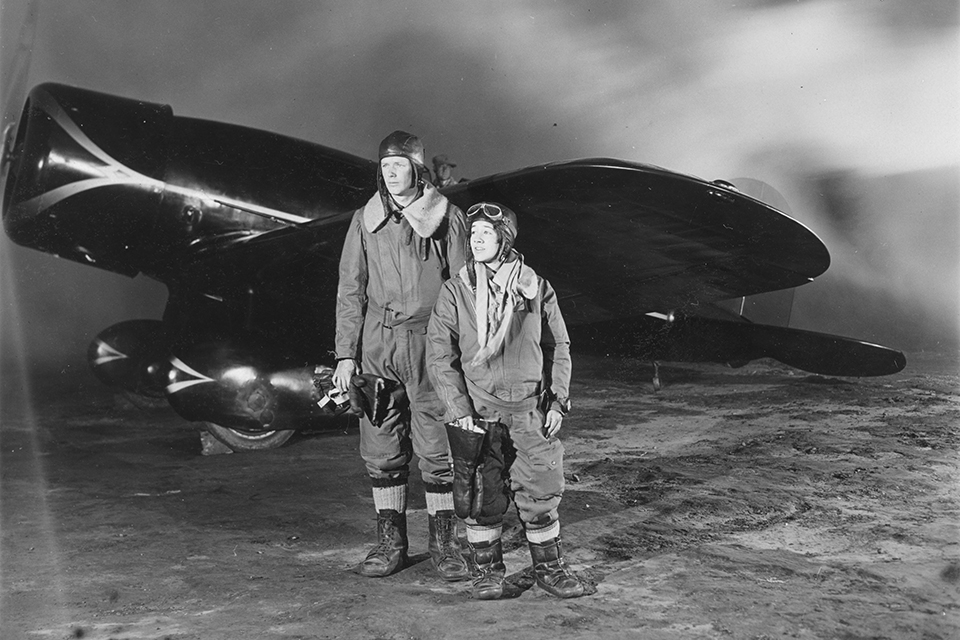
In 1930–1931, the Lindberghs flew a Lockheed Model 8 Sirius named Tingmissartoq from the United States to China, traveling through Canada, Alaska, Siberia, and Japan. Anne Morrow Lindbergh wrote about the journey in North to the Orient (Harcourt, Brace and Co., 1935). The Sirius was equipped with floats for a part of the trip. In 1933 they flew the Model 8 to explore air routes in Europe, Africa and South America. NR211 is in the collection of the Smithsonian Institution, National Air and Space Museum.
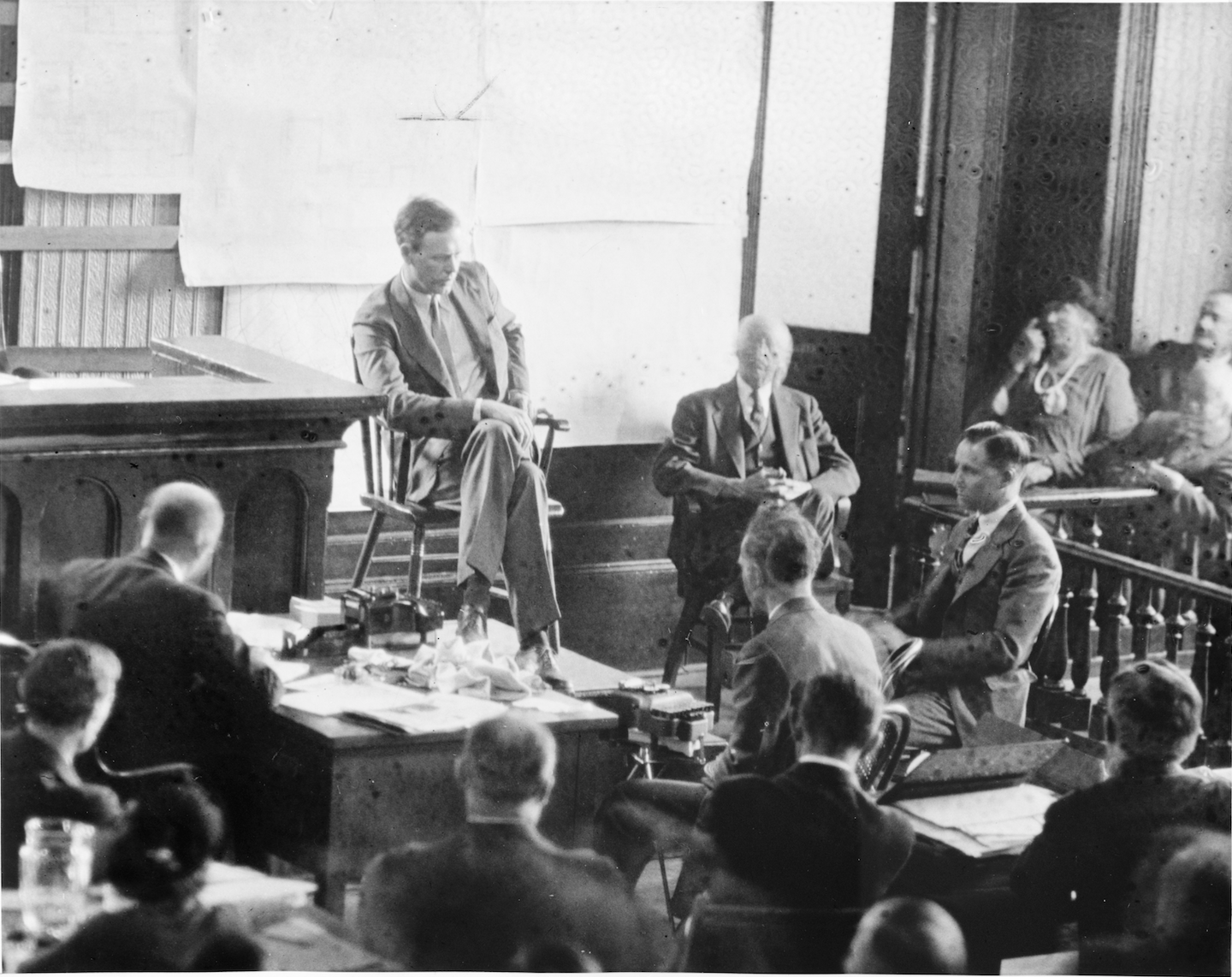
Their first son, Charles Augustus Lindbergh, Jr., was kidnapped from the family’s home, 1 March 1932. A ransom of $50,000 was paid (equivalent to $1,015,526 today), however the boy’s body was found 12 March. At “The Trial of the Century,” Bruno Richard Hauptman was convicted of the crime. He was later executed.
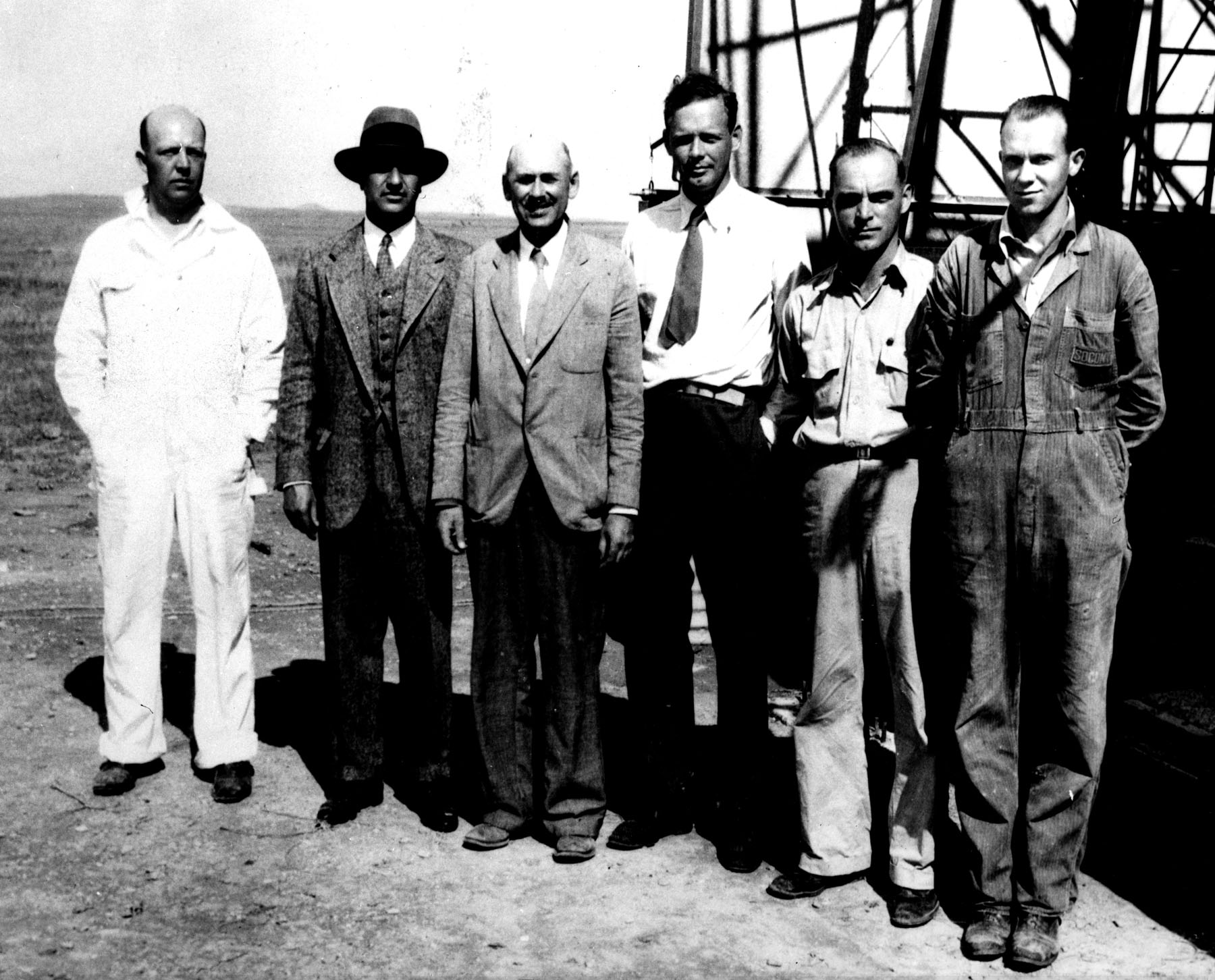
During the mid-1930s, Lindbergh was an active supporter of the rocketry experiments of Dr. Robert H. Goddard. He had other interests a well. With Nobel Prize winner Dr. Alexis Carrel, he invented the Perfusion Pump to allow oxygenated blood to be supplied to human organs. This eventually led to the “heart-lung machine” that made “open heart” surgery possible.
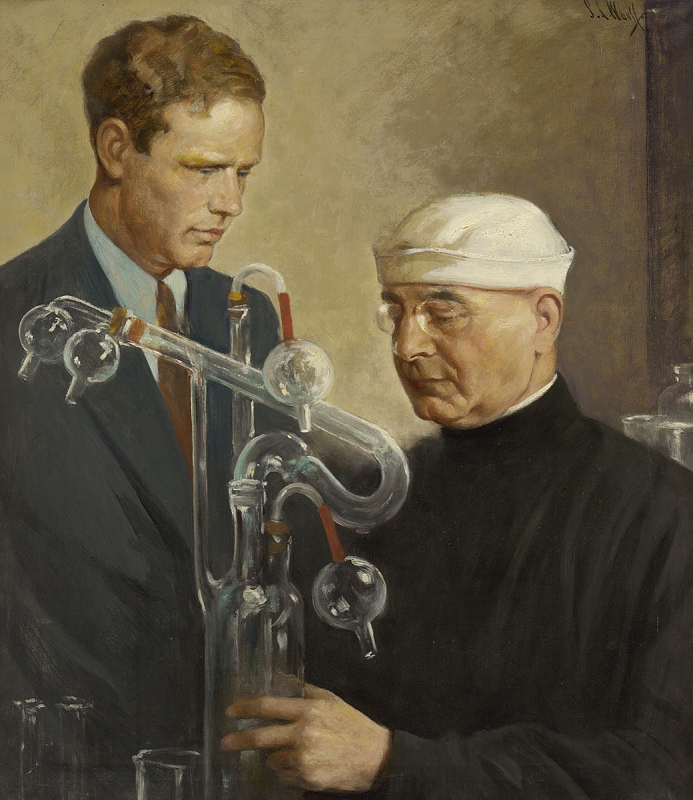
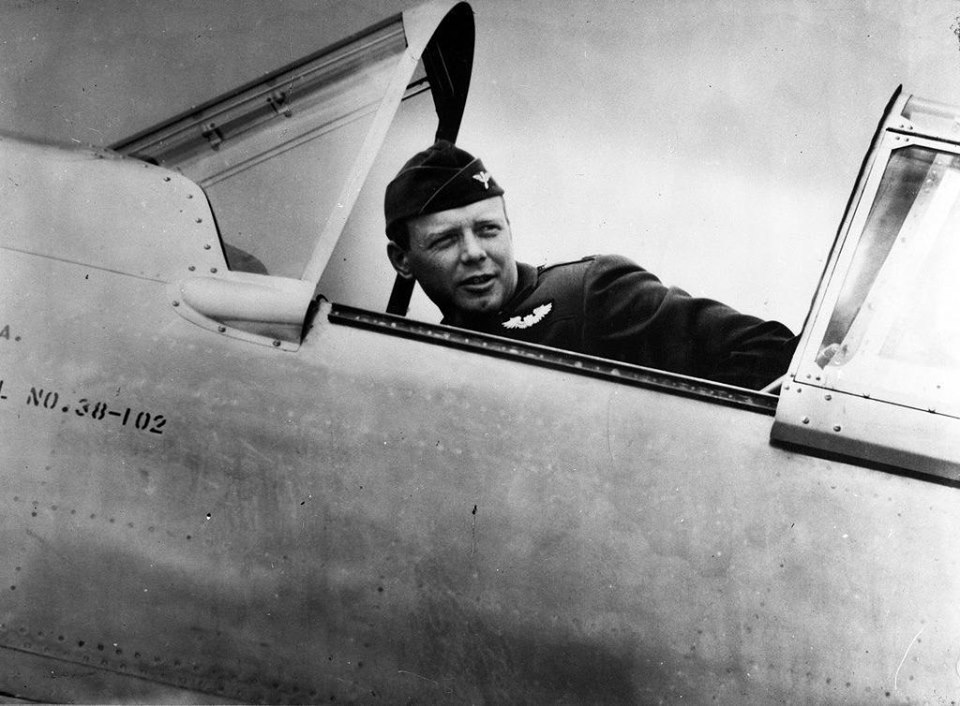
During World War II, Lindbergh served as a civilian adviser and flew the Chance Vought F4U-1 Corsair in combat missions with Marine fighter squadrons VMF-216 and VMF-222. He also flew the Lockheed P-38 Lightning with the Army Air Force 433rd Fighter Squadron, 475th Fighter Group.
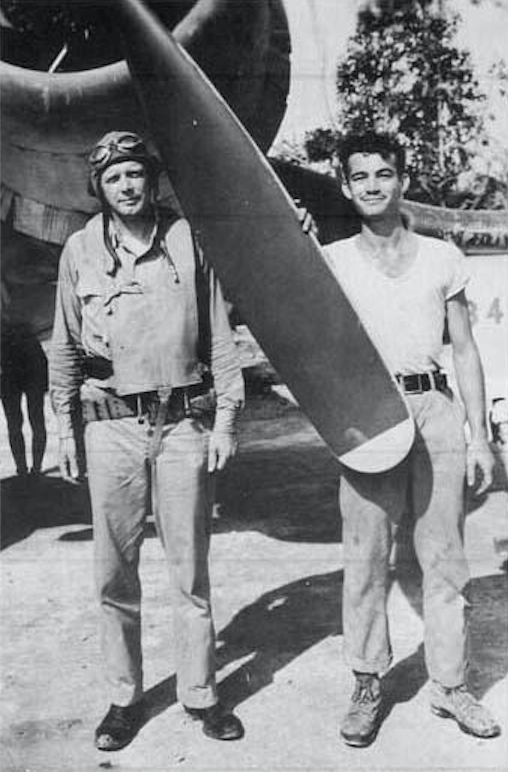
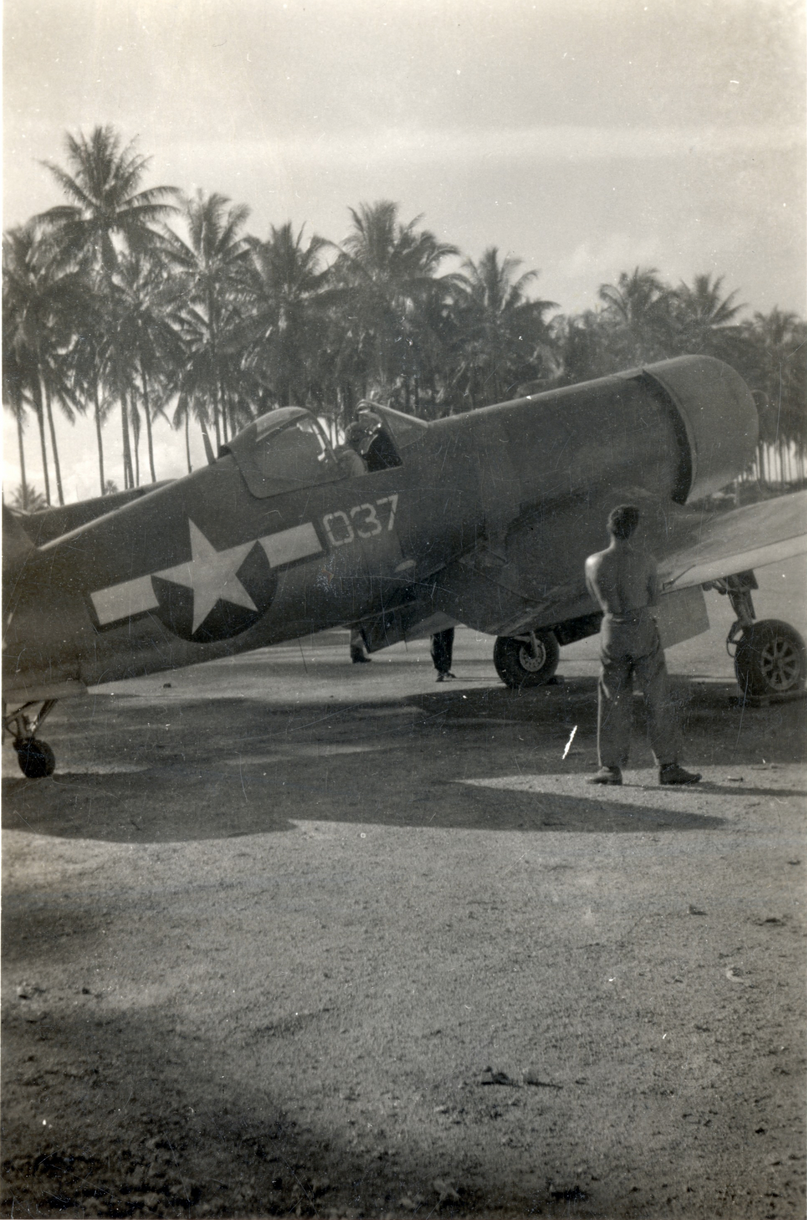
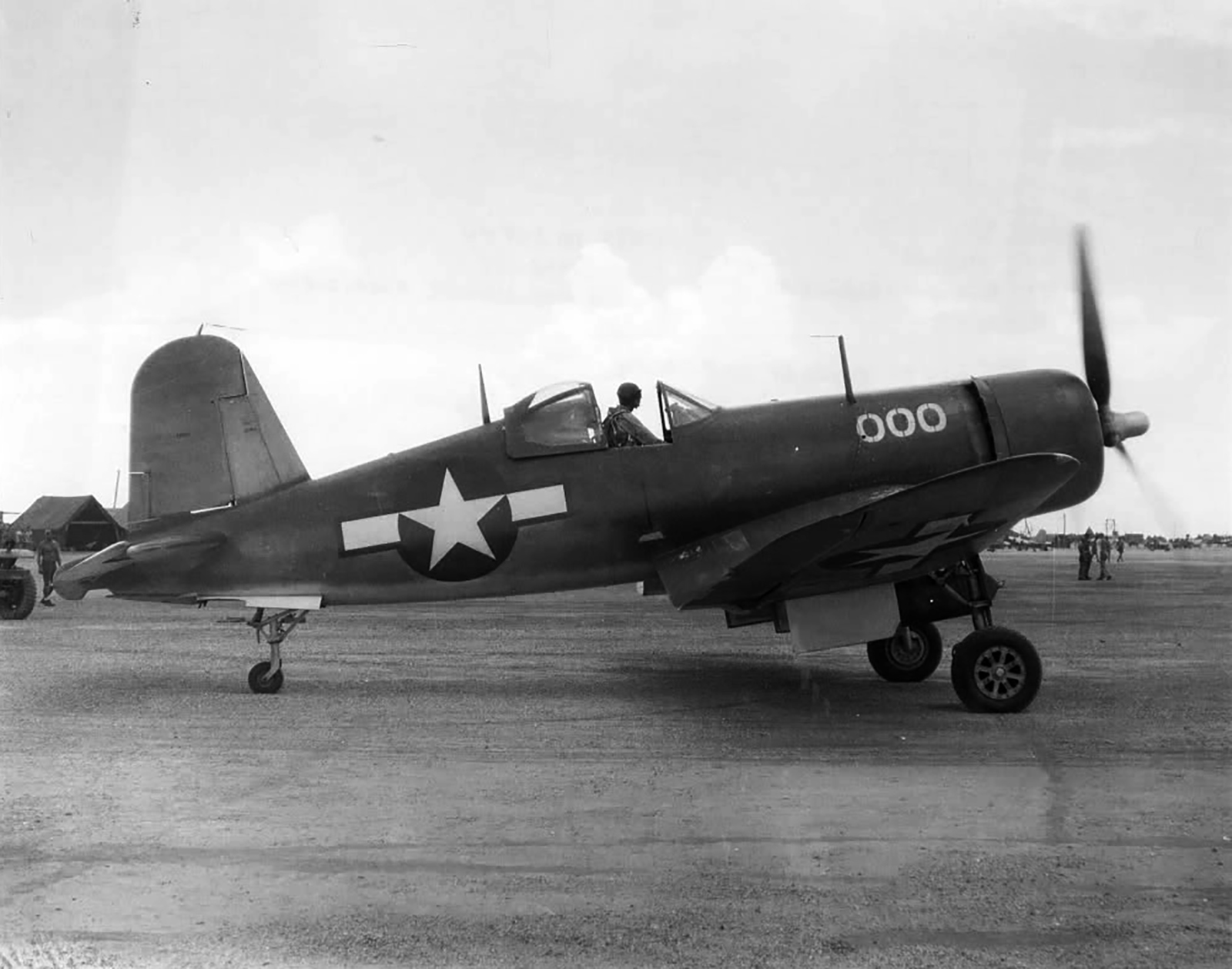
On 28 July 1944, Lindbergh was flying “Blue 3” with a flight of P-38s from the 433rd along the north coast of New Guinea. Over Elpaputih Bay, Blue Flight encountered enemy aircraft. Lindbergh shot down one of them. Various sources identify the aircraft as a Mitsubishi Ki-51 Type 99 “Sonia” flown by Captain Saburo Shimada.
He is starting down in a wing over—out of control. The nose goes down. The plane turns slightly as it picks up speed—down—down—down toward the sea. A fountain of spray—white foam on the water—waves circling outward as from a stone tossed in a pool—the waves merge into those of the sea—the foam disappears—the surface is at it was before.
—The Wartime Journals of Charles A. Lindbergh, by Charles Augustus Lindbergh, Harcourt Brace Jovanovoch, Inc., New York, 1970, at page 889
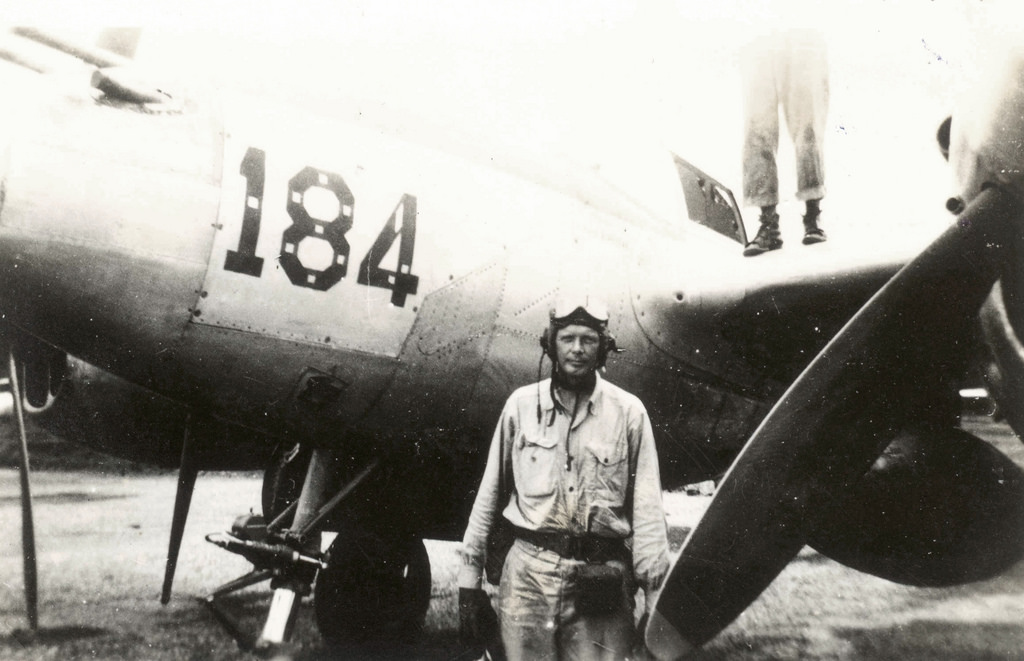
In 1954, President Dwight D. Eisenhower reactivated his Army Air Corps commission and appointed him Brigadier General, United States Air Force.
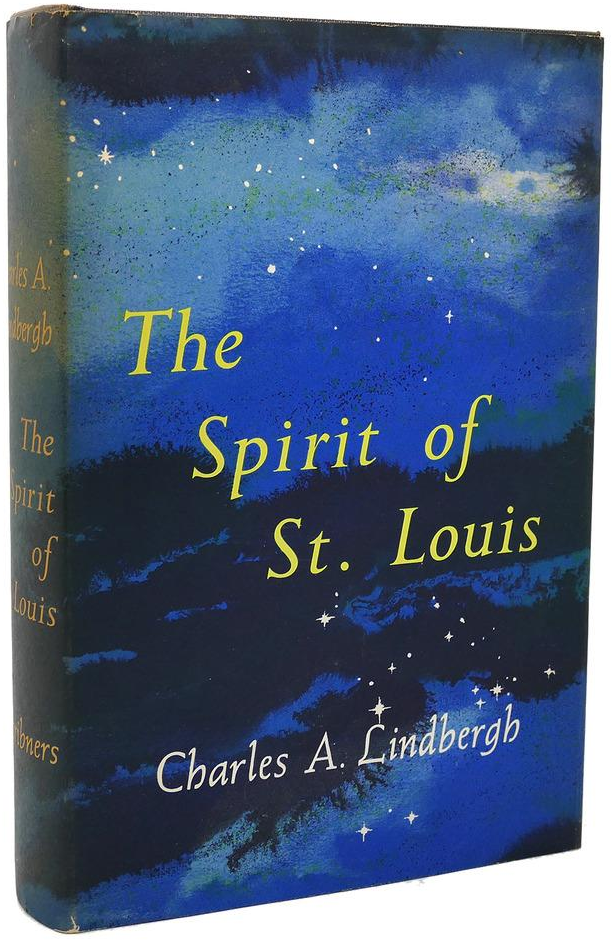
In 1972, while accompanying a television crew investigating a “lost tribe” in the Philippine Islands, Lindbergh and the group were stranded when their helicopter broke down. They were rescued by the 31st Aerospace rescue and Recovery Squadron, based at Clark Field.
Charles Lindbergh died on Maui, Hawaii, 26 August 1974. He was buried at the Palapala Ho’omau Church Cemetery, Kipahulu, Maui.
© 2022, Bryan R. Swopes
There are so many people who lost loved ones in World War II who remember this facet of Charles Lindbergh …
“He became one of the most vocal opponents of American involvement in the conflict, and gave dozens of public speeches and radio addresses criticizing President Franklin Roosevelt and Jewish-run newspapers and arguing in favor of isolationism. As the United States edged closer to war, many began to denounce the former hero as an anti-Semite and a traitor.”
The above is an extract from: August 26, 2014 – 10 Fascinating Facts about Charles Lindbergh – The History Channel Website.
This is why Lindbergh spent the war as a civilian advisor as FDR adamantly refused to reactivate his Army Air Force commission due to the criticism.
I think that the above article should have at least touched upon CAL’s history and reputation as an isolationist, one time Hitler supporter, as well as his (and many others of the times) anti Jewish attitudes. He also made a significant contribution to improving the range of P 38 aircraft in the Pacific.
Thank you, Dale. TDiA feels that Lindbergh’s views toward isolationism in the pre-war years are too complex to cover in a brief article.
Regardless of his flying exploits–It’s irresponsible of This Day in Aviation not to mention Lindbergh’s role in the isolationist and America First movements. See: https://www.britannica.com/biography/Charles-Lindbergh/Germany-and-the-America-First-movement
You may have noticed that this web page is not entitled “This Day in International Political History.” I guess we’re just irresponsible.
As per his wishes, the grave on Maui is not easy to find. In 2012 my wife and I were determined to find it and had to drive around the island twice. We finally found it in the church cemetery which is a 1/2 mile or so past Hana. The grave marker appeared to be a poured concrete slab with his name and dates hand written on it. Extremely simple and modest. The graveyard overlooks a wonderful view of the sea facing northeast I believe.
Roosevelt’s refusal to reinstate Lindbergh’s AAF commission during WWII was vindictive and mean-spirited. Although he’d certainly been an isolationist, when American went to war Lindbergh was anxious to lend his considerable skills and knowledge to winning the conflict.
He was well enough thought of that Lockheed and others got him to the South Pacific as an advisor where he not only taught pilots how to extend the range of the P-38 (a critical problem) but successfully flew numerous combat missions.
He did not get credit at the time for the plane he shot down. As a civilian he could have been charged with murder.
Part of his history are pictures of Him shaking hands with Adolf Hitler ( not published in this story ) and that is not just simple isolationism.
His contribution to aviation are undisputed, but his despicable actions as a human being and a role model are also documented.
A “History Buff” that doesn’t know that Lindbergh didn´t “shake hands” with Hitler because they never met…
Well, Mr. Lindbergh was awarded with the grand cross of the Order of the Eagles for his outstanding contributions in aviation; alas not by Hitler, but by Goering.
FDR wanted his re-election. So much that he did not allow rearmament until after Pearl Harbor.
By restricting aid to Britain to a few destroyers, etc. he was directly responsible for thousands of amercian military deaths at the beginning of the participation of US in the war.
Check it out. FDR snd his wife were very liberal and statuted gov programs with no ending plans in place. When the elected congressman and senators found that by bringing gov money to their district they used this as election guarantees. Thus began the BIG pork barrel age which is still going on.
FDR responsible for many actions detrimental to US. The worst was being duped by Stalin. Stalin said FDR was so naive it was criminal.
But Stalin used him to gain soooo much in Eastern Europe including the Berlin affair. FDR cut out Churchill who was not duped at all but tried to warn allies of Russian aims to communize Europe and then the world.
Hence FDR policies led to Korean conflict.
Check all this out by reading history and biographies from more than two or three sources.
The current state of our once great nation which is now in Marxist hands (Read the plentiful documentaries of Karl Marx and Lenin to see exactly how BLM and ANTIFA operate. Do you remember summer riots of 2020 where the leadership of this two organizations stated in public TV that the were trained Marxists and knew what they were doing?).
The people now in charge of our gov will nit allow elections to be honest and fair. Watch as mid terms are stolen. You will never see voting I’d required despite you can’t go to NAACP national meetings without ID, two pics I believe.
In 1977, for the 50th anniversary of Lindberg’s trans Atlantic flight, my dad received a print [more like a high quality poster] titled “Landfall – Dingle Bay, Valentia Island, Ireland May 21, 1927”, John T McCoy [unsigned, darn-it]. https://www.worthpoint.com/worthopedia/historic-first-flights-pan-american-1903167114
I have this mounted/hanging from my wall near a desk.
After my dad completed his record flight around the world, solo, in his homebuilt T-18 N455DT, he told me he REALY understood and appreciated why Lindbergh always said ‘WE’ when referring to the ‘Spirit’. There develops an unusual bond between a ‘man’ and their machine in such a life and death circumstance… each HAS-TO do their part to make it through. I remember hearing that the Smithsonian would let him in after-hours to visit his ‘Spirit’… which he did many times over the years.
Bryan,
No need to get defensive. I agree with Bill that it is appropriate to add one sentence stating that the reason CAL had to fly as a civilian in WWII was because Roosevelt refused to reinstate CAL to active duty because of CAL’s anti-semitic views. By the way, you might want to read “Race of Aces” – turns out CAL made nice to the P-38 squadrons so they’d let him fly with them, and then in his reports back home he stabbed them in the back. CAL was a great aviator, but not quite the hero he’s often painted as. Just saying a more balanced approach to his legacy is justified.
Lindbergh was complicated. He was among many who opposed an involvement in the expanding conflict in Europe. If he was anti Semitic- and there is no hard evidence of that – what was FDR in interning American citizens – mostly Japanese, but also Italian and German. Even his wife, Eleanor, was against that. Frankly, Lindbergh, may have contributed more to winning the war than FDR, in a civilian capacity, by applying his aeronautical skills to the improvement of aircraft. Also, once the war began there was absolutely no evidence of unpatriotic behavior.
Thanks Dale. Great article in educated me a lot.
The photograph of Charles Lindbergh sitting in the Corsair is a model F4U-1A. There is a slight canopy difference in the F4U-1A and F4U-1D. The source for our information F4U Corsair in action Squadron / Signal publication Aircraft No. 29. Pages 11, 13, 22 and the centerfold .
Yes, agree. Better to leave the politics out of the “This Day in Aviation.” The issue of isolation or isolationism would require another long discussion / argument .
Thank you, Roy.
Excellent article Bryan. As for the political side of Charles Lindbergh, there is much more to the story.
Thanks, Lew.
when i was 8 years old lindbergh’s mother lived on warren, in detroit, mi.
and she had an airplane in her garage with no wings.
as kids we would go in the garage and climb into the yellow plane and fly.
He was certainly a great aviator, no question of that. There was this other side to him though, it’s interesting to see how strongly held are the opinions on this. When you read some of his opinions and things he said up to 1941, you can understand why he isn’t universally liked.